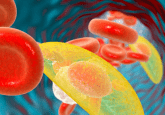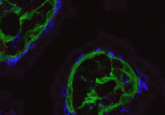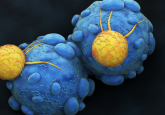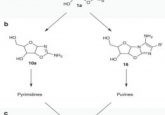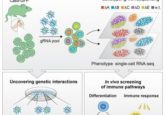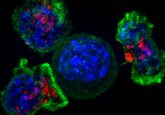Detecting rare T-cells

Researchers have devised a simple and inexpensive method to produce reagents for identifying antigen-specific T-cells.

The specificity of a naïve T cell is determined by its T-cell receptor (TCR), which binds to antigenic peptides presented on the surfaces of target cells by major histocompatibility complex (MHC) proteins. To identify antigen-specific T cells, researchers label them using fluorescent peptide–MHC (pMHC) molecules, but given the weak affinity of the TCR for pMHC monomers, pMHC multimers must be used.
Detecting T cells possessing very low-affinity TCRs requires the use of very high-valency pMHC multimers such as dextramers, which are assembled by binding biotinylated pMHC monomers to dextran function¬alized with streptavidin and a fluorescent label. These dextramers, however, are expensive and difficult to produce in-house.
In the March issue of BioTechniques, a team led by David Baltimore at the California Institute of Technology describes a simple and inexpensive protocol for producing pMHC dextramers. Sub-stoichiometric amounts of biotinylated pMHC monomers are first bound to streptavidin-fluoro¬chrome, and biotinylated dextran is added to bind the remaining streptavidin sites. The authors successfully used these dextramers to detect low-affinity tumor antigen–reactive T cells from patients.
